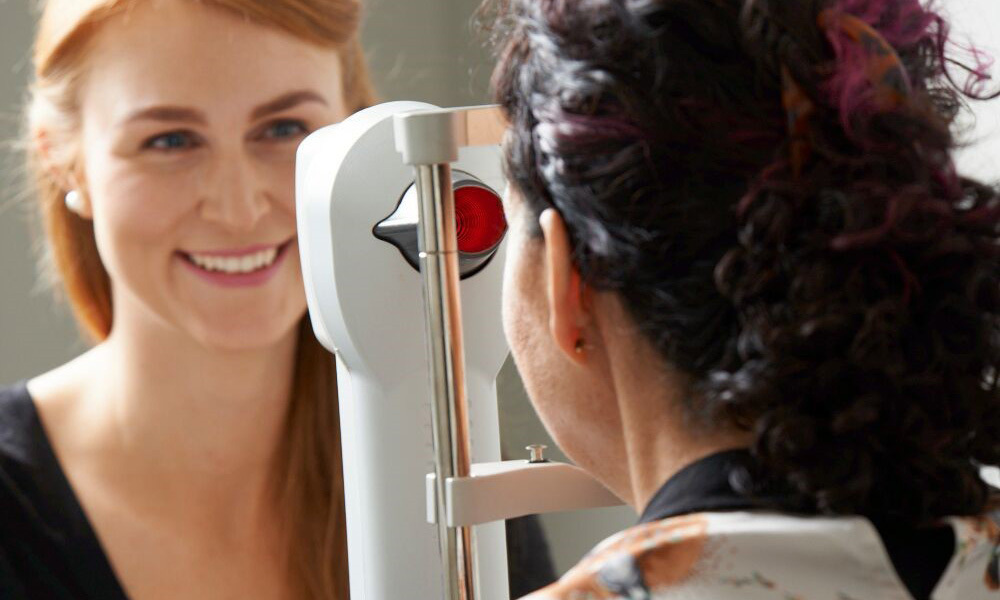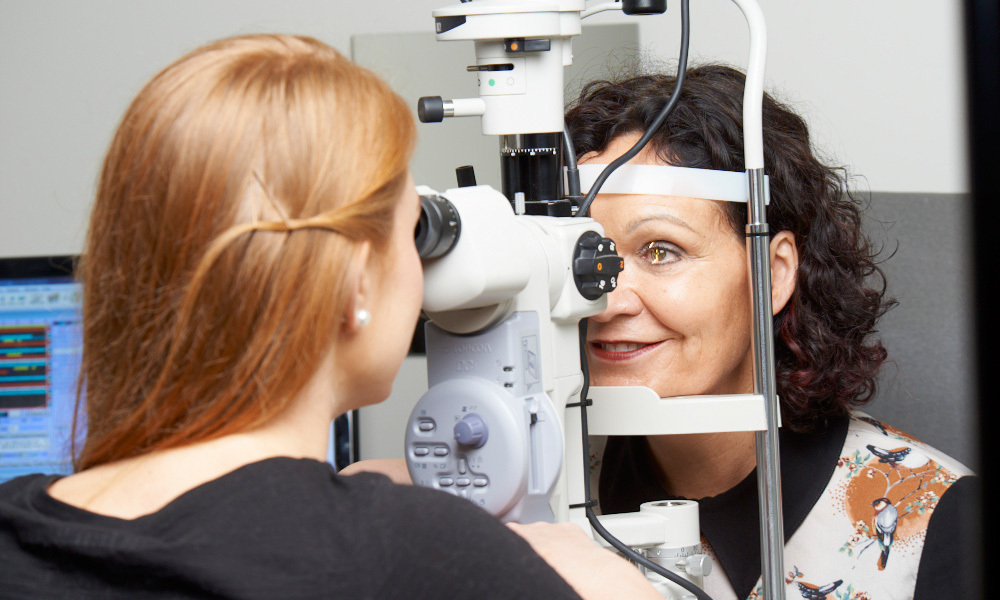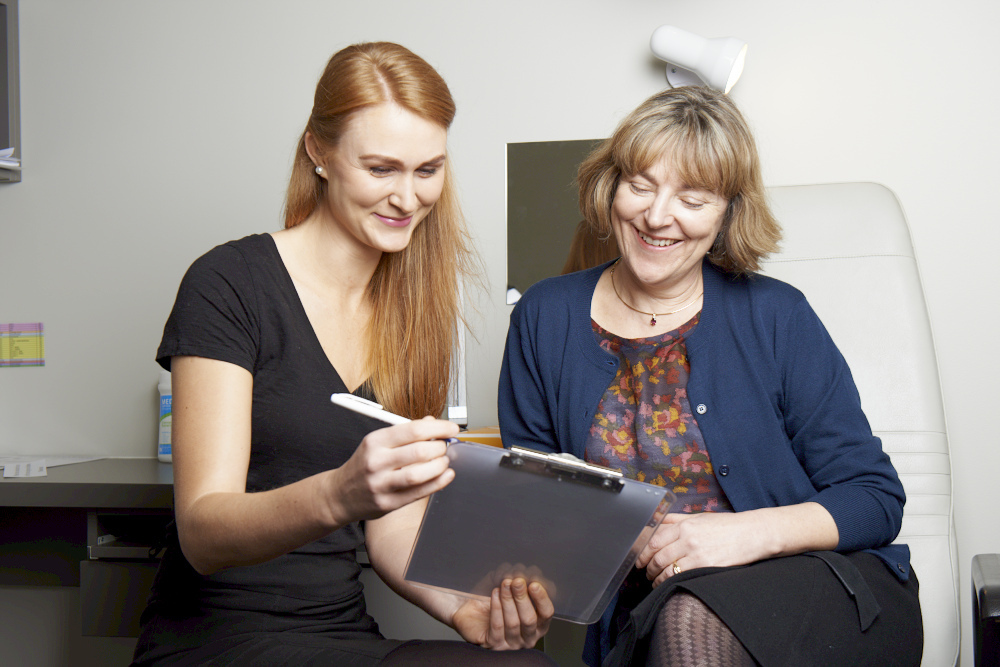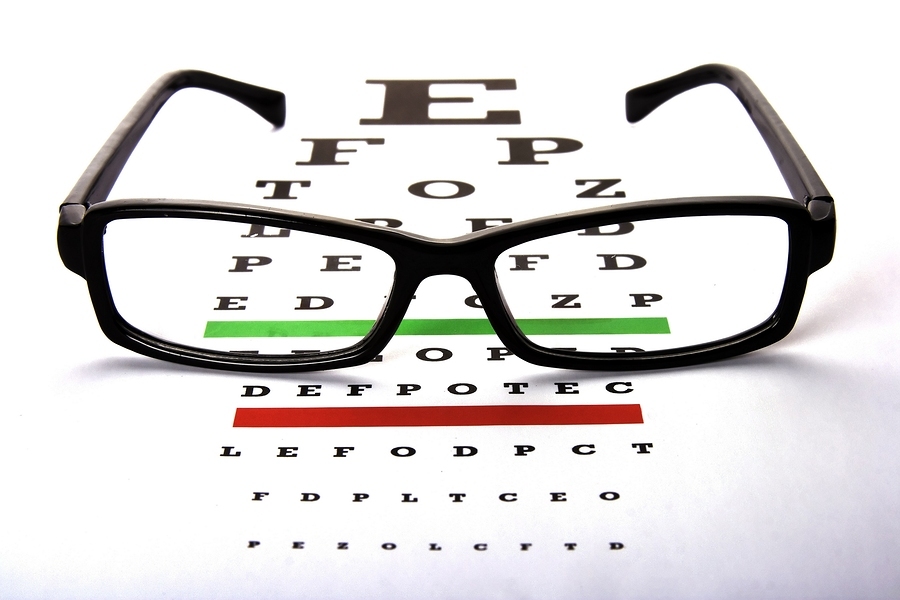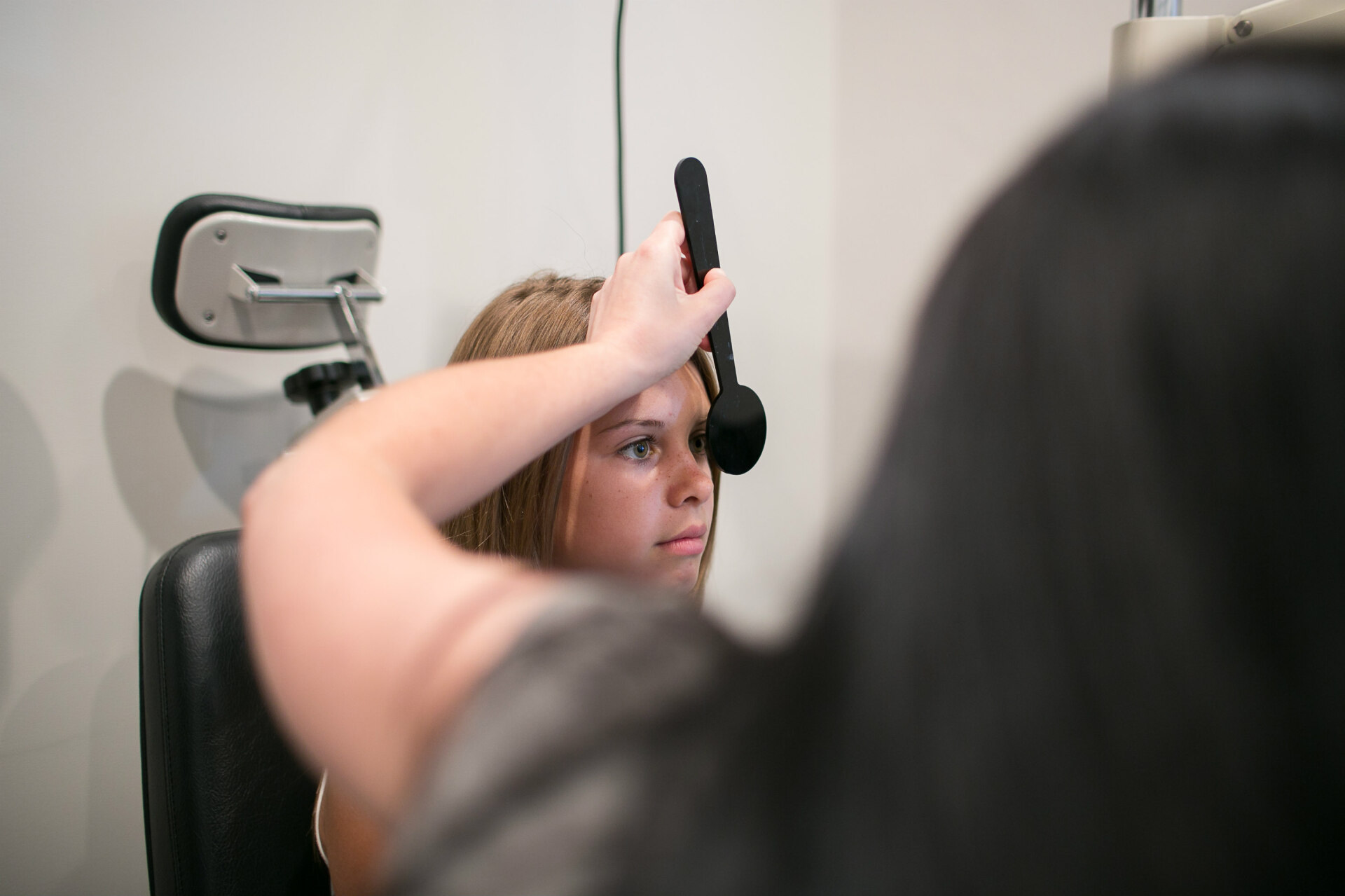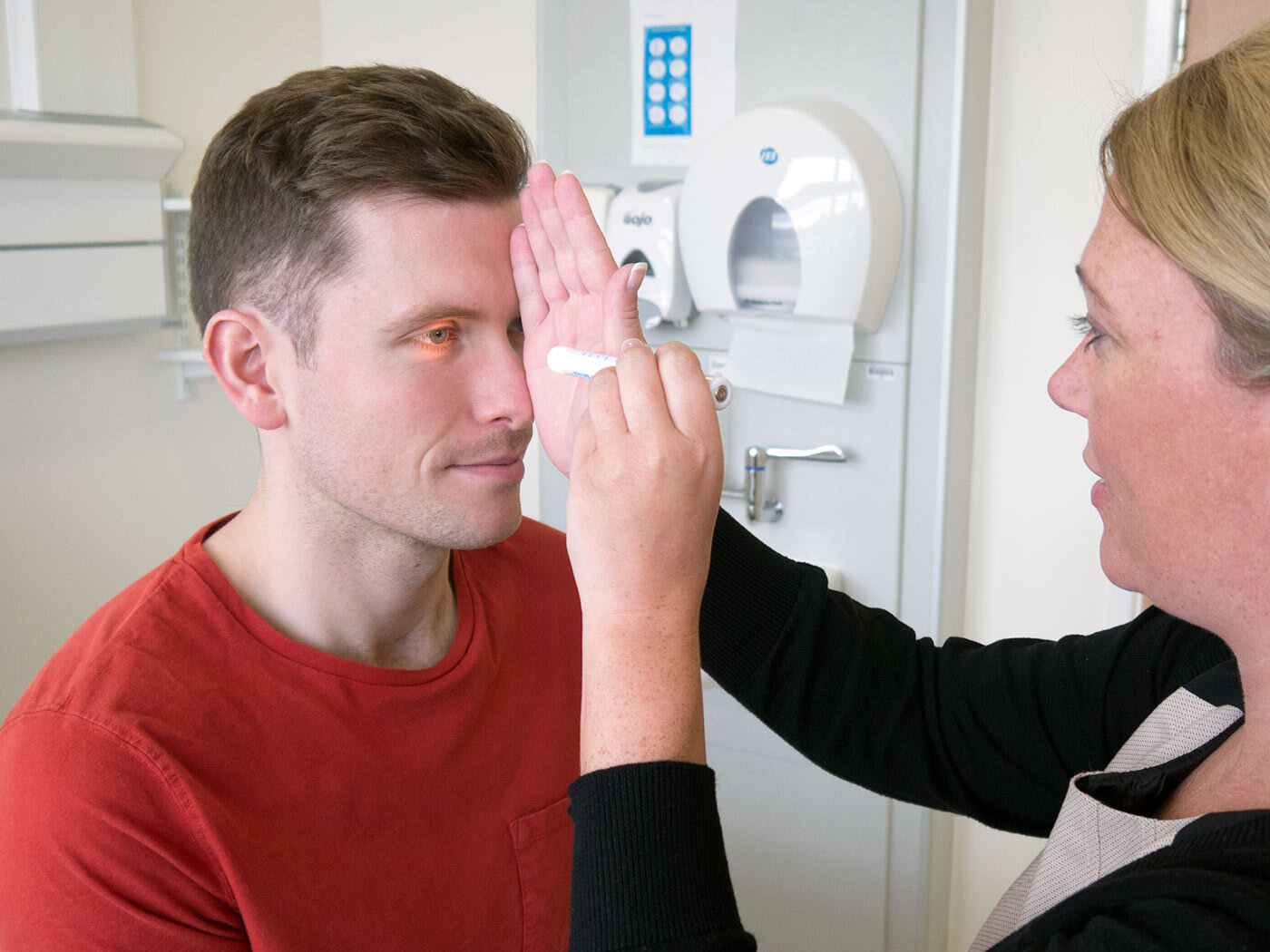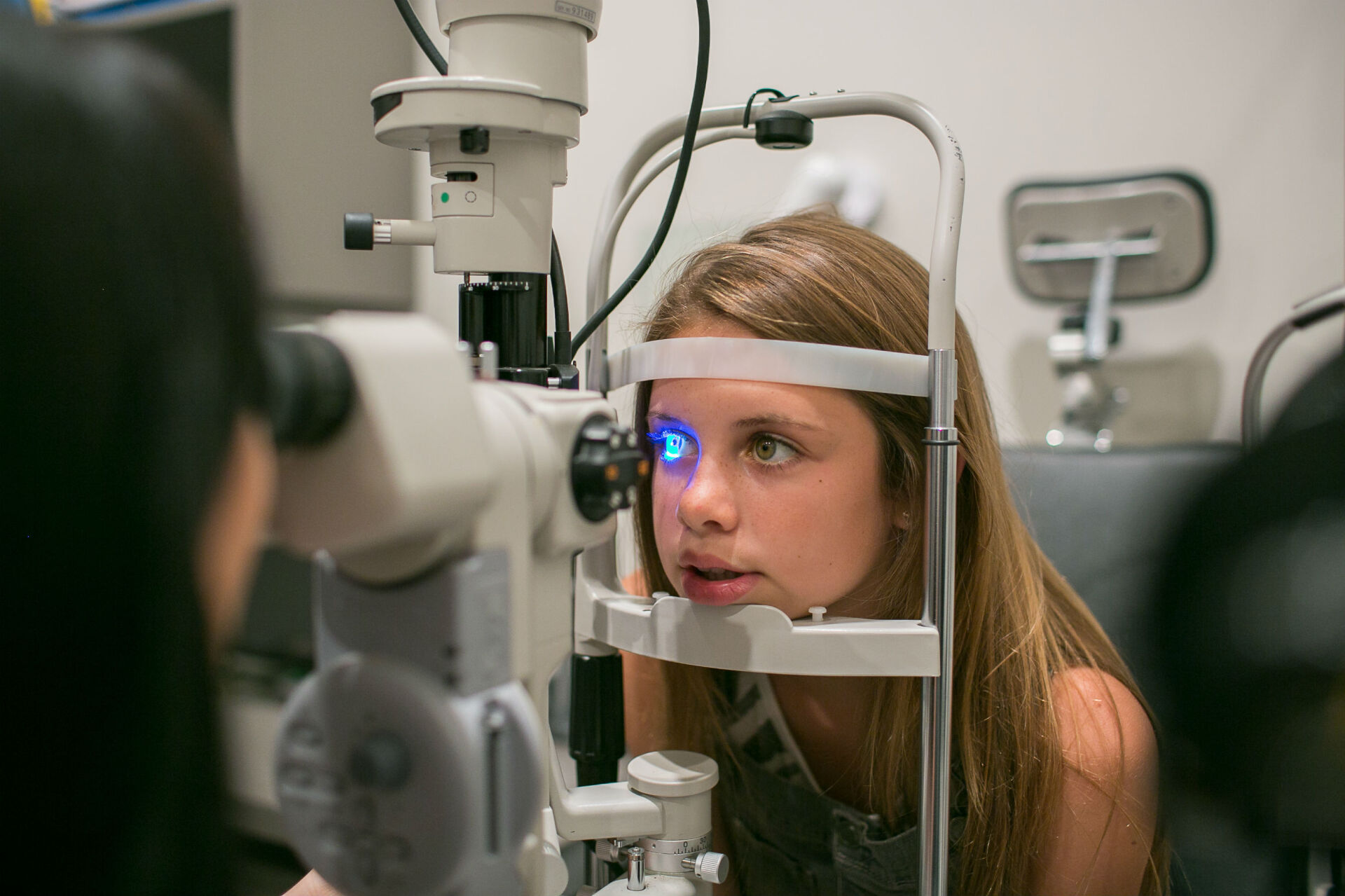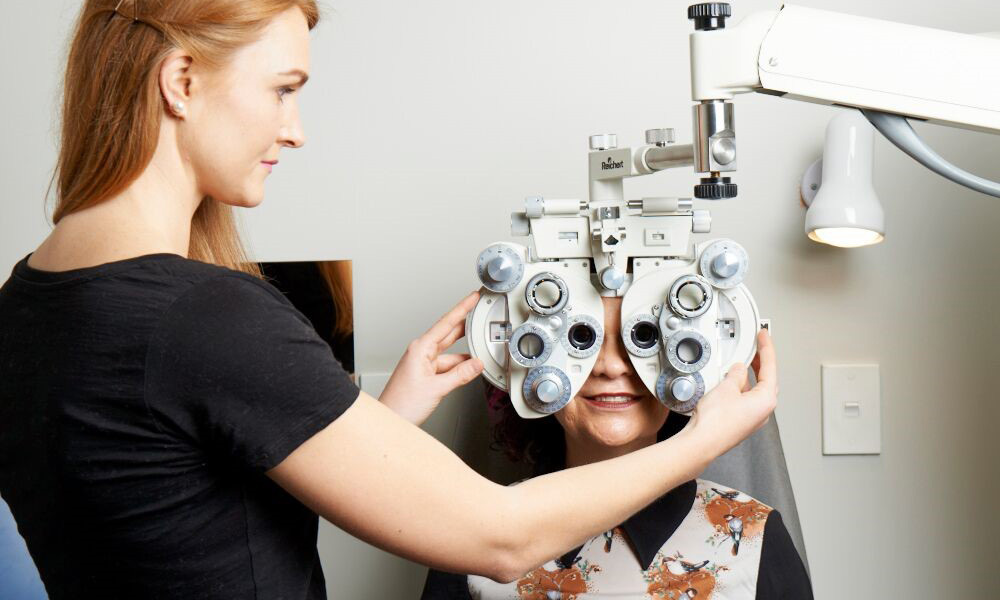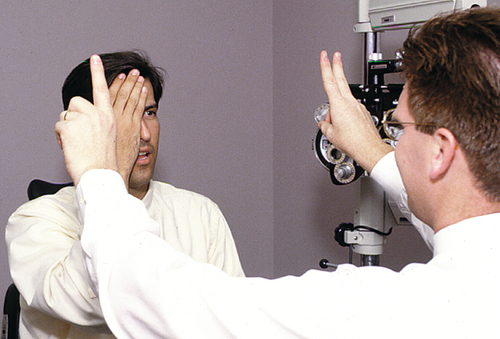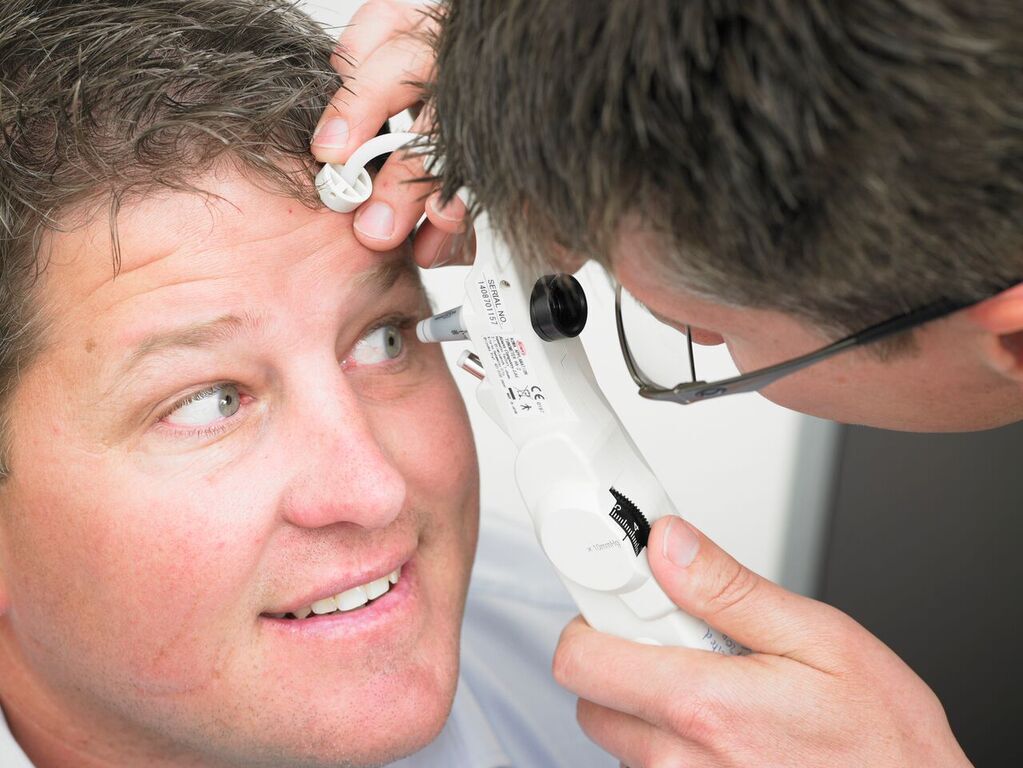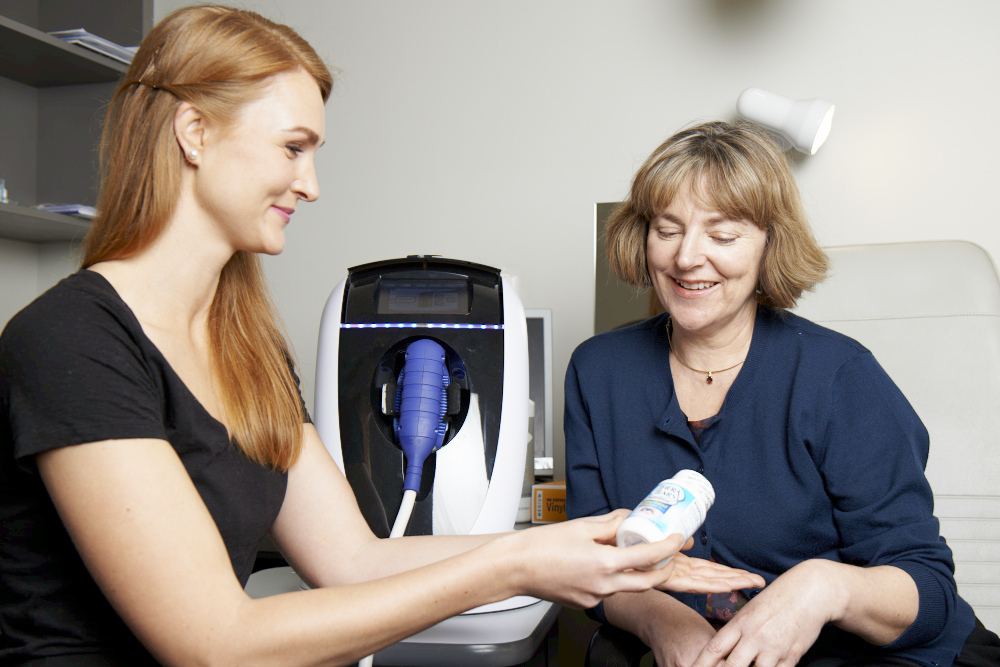Adult Eye Exams
The Eye Exam
These are the most common tests performed in an eye exam, but there are others so don’t be alarmed if tests are performed on you that haven’t been mentioned here. Always be sure to provide honest answers so the optometrist can make a proper diagnosis.
Pre-Testing
To ensure that you experience a comprehensive eye examination our trained staff will undertake pre-testing. The pre-tests provide the optometrist with the basics about your vision and eye health, which they will investigate further during the examination. Pre-testing can include automated vision and eye pressure readings, retinal photography, and a peripheral vision screening.
Medical History
It is important that we understand your overall health before beginning the eye examination. In order to cater the exam to your needs we will ask about your general health and about family history of eye diseases.
Visual acuity
The visual acuity test lets us know how well you see without glasses or contact lenses. You will be shown an eye chart and asked what you can see – simple! Adults are shown a letter chart and young children are shown pictures or shapes.
Eye Muscles
The muscles supporting the eye play an important role in your visual abilities. It is important to check for any dysfunction in your binocular vision – especially for children. A simple assessment known as “the cover test” can help your optometrist identify how well your muscles work together, and if there is poor function, how this may affect your need for prescription.
Pupil Function
Pupil function is a quick and simple but very important eye health assessment. The optometrist will assess whether your pupils function similarly using a bright torch. Your pupils should expand or contract at the same rate and to the same size. A difference in pupillary reaction could signal to the optometrist to investigate further.
Slit Lamp Assessment
This test will provide the optometrist with information about your internal and external eye health. The slit lamp consists of a microscope and powerful light source. Using the slit lamp the optometrist will examine the retina, optic nerve and macula inside the eye; as well as the eyelids, iris and cornea at the front of the eye. Cataracts, macular degeneration, diabetic eye disease and corneal ulcers can all be detected using this test.
Refraction
Refraction is your vision assessment. It is the test required to find your exact prescription. To assess your prescription requirements the optometrist uses an instrument called a Phoropter and an eye chart set at 6 metres – optical infinity. The optometrist will work with you to identify which lens power provides you the clearest vision.
Visual Fields
Visual fields, or confrontation, testing helps to detect any central or peripheral vision loss. During the test we are seeking to find any blind spots that may indicate potential medical conditions - It is one of the many tests we use to assess glaucoma risk. The optometrist may want to further assess your peripheral vision and request that you book a Visual Fields examination.
Tonometry
Tonometry measures the fluid pressure inside your eye, known as intraocular pressure – IOP. Tonometry is commonly taken in pre-testing with the “puff of air” test but the optometrist may also take your pressures manually using the Perkin’s test. High eye pressure could indicate an eye health condition and is another important test for patients at risk from glaucoma.
Discussion
Finally, your optometrist will discuss any eye health issues they may have found, and might also suggest additional testing to further evaluate these findings. If you require any visual correction they will discuss the options available to you. If you need or want new glasses the optometrist will consult with one of our dispensing opticians who will then speak with you about different lens and frame options available.
